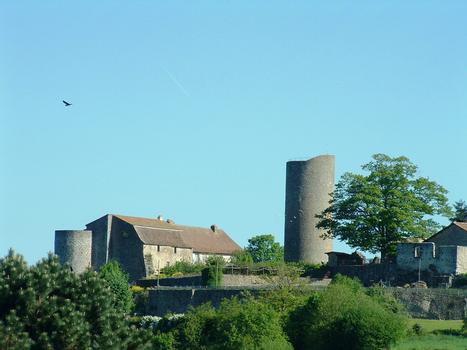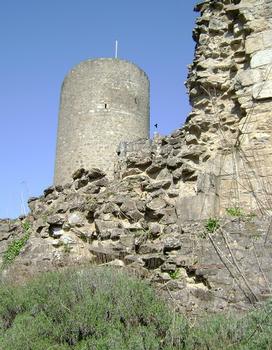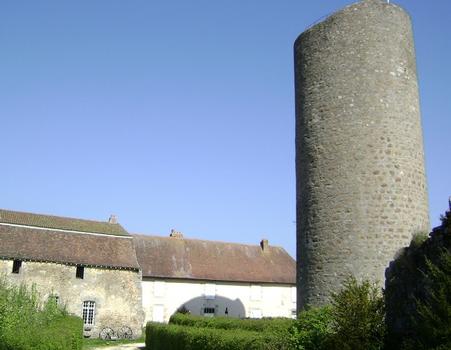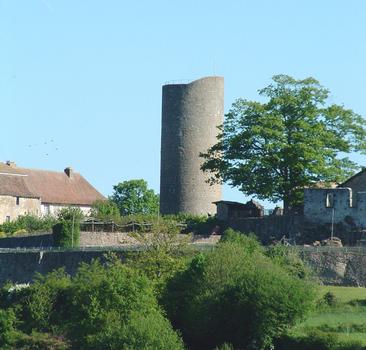General Information
| Beginning of works: | 11th century |
|---|---|
| Completion: | 17th century |
| Status: | in use |
Project Type
| Function / usage: |
Castle |
|---|---|
| Material: |
Masonry structure |
Location
| Location: |
Châlus, Haute-Vienne (87), Nouvelle-Aquitaine, France |
|---|---|
| Coordinates: | 45° 39' 27.22" N 0° 58' 46.59" E |
Technical Information
There currently is no technical data available.
Excerpt from Wikipedia
The Château de Chalus-Chabrol (Occitan Limousin : Chasteu de Chasluç-Chabròl) is a castle in the commune of Châlus in the département of Haute-Vienne, France.
The castle dominates the town of Châlus. It consists today of an isolated circular keep (12th century) and a residential building constructed between the 11th and 13th centuries, enlarged in the 17th century.
The castle protected the southern approach to Limoges and the north-south route between Paris and Spain, as well as the ancient east-west route linking the Mediterranean and the Atlantic.
It is most famous for the death of King Richard the Lionheart, who died there while besieging the castle in 1199 from a crossbow wound fired, according to legend, by one of the defenders called Bertrand de Gourdon. His entrails are buried in the castle chapel.
The castle's owners included Charlotte of Albret and Louise Borgia, respectively wife and daughter of Cesare Borgia.
Château de Chalus-Chabrol has been listed as a monument historique by the French Ministry of Culture since 1925.
Text imported from Wikipedia article "Château de Châlus-Chabrol" and modified on July 23, 2019 according to the CC-BY-SA 4.0 International license.
Participants
Currently there is no information available about persons or companies having participated in this project.
Relevant Web Sites
- About this
data sheet - Structure-ID
20027863 - Published on:
07/04/2007 - Last updated on:
28/05/2021








